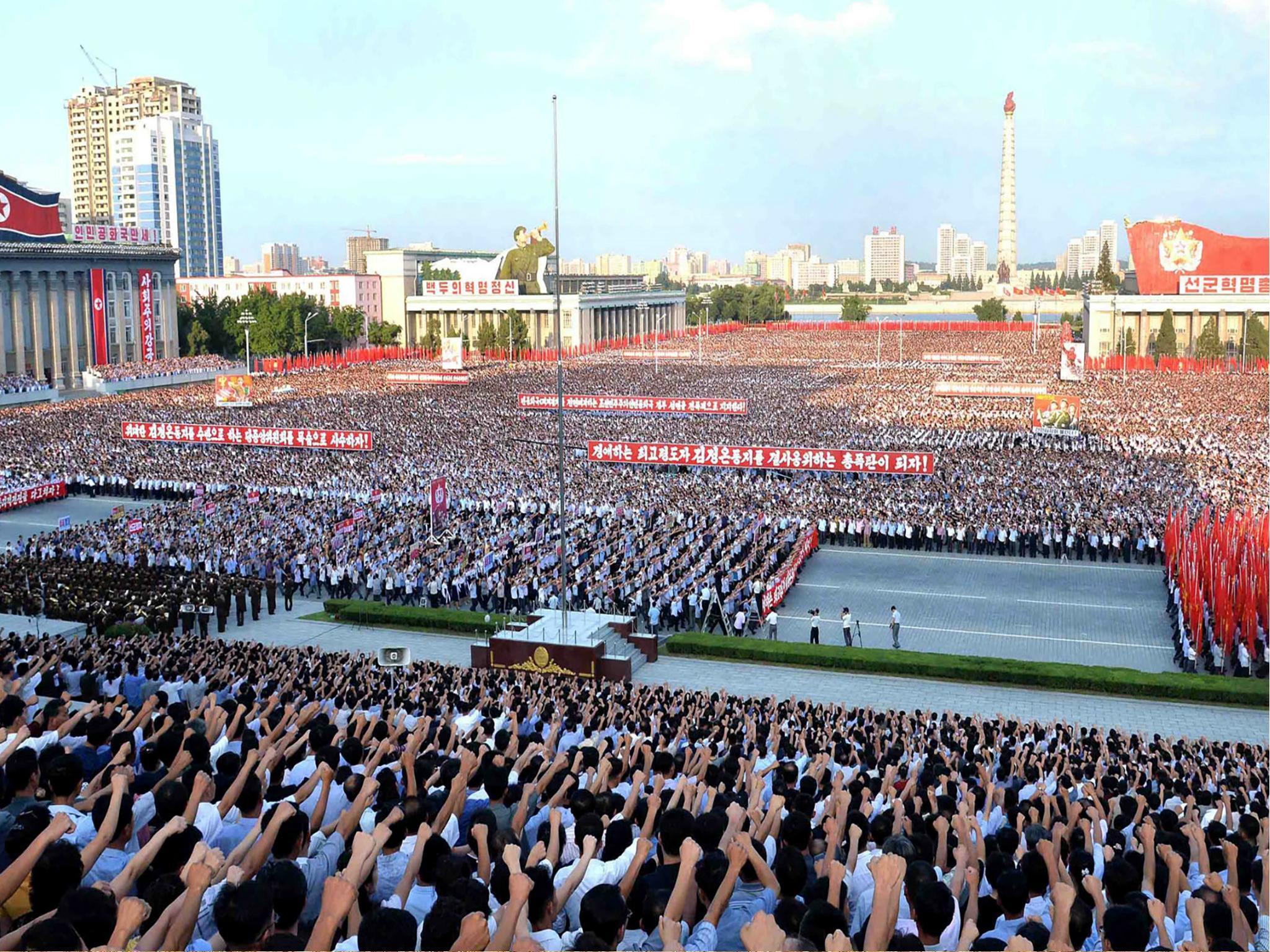Hawaii prepares for possible North Korean nuclear attack
The likelihood of an attack is low, but US authorities are still getting ready

As the war of rhetoric between the Trump administration and the regime in North Korea show few signs of cooling down, Hawaii has become the first US state to prepare for a possible nuclear attack.
Reports have recently emerged of the hermit country’s ability to fit a nuclear war head on an intercontinental ballistic missile (ICBM), leading to Donald Trump and the government of North Korean leader Kim Jong-un trading threats over use of force.
Several experts have agreed that the possibility of an actual attack is incredibly low – some have called it a suicide mission by Mr Kim – but emergency planners are still taking steps to prepare just in case.
The 1.4 million residents of the state’s chain of islands would have approximately 15 to 20 minutes from the time of a launch until impact of the bomb, according to state officials.
The US military’s Pacific Command “would take about five minutes to characterise a launch, where the missile is going, which means the population would have about 15 minutes to take shelter,” Vern Miyagi, administrator for Hawaii’s Emergency Management Agency, told CNN. However, he also said the threat was “not mature”.
Still, a warning system with air sirens similar to that employed during the Cold War is in the works. A system like this has not been tested in Hawaii since the 1980s.
Hawaii already has one warning system in place for natural disasters – hurricanes, tsunamis, and flooding – which is tested on the first business day of every month from a bunker buried in the Diamond Head crater.
The state is currently working on a public education campaign and mobile text alerts for the new nuclear attack warning system. A target date in November has been set to test the new warning system, potentially sounding the new sirens after one of the monthly tests of the natural disasters system.
Hawaiians have also been told to double the usual seven days of emergency supplies to keep on hand in case of a natural disaster.
Mr Miyagi, a retired Army major general who served in Pacific Command, said “it is the nuclear fallout that could end up killing people after the initial impact, unless people know what to do.” The most dangerous area is 10 to 20 miles (16 to 31 km) from the blast, but radiation fallout could occur in an almost 100 mile radius. The key message is to take shelter immediately, he said.
The state is also looking to see how it can fund fallout shelters, leftovers from the Cold War that have gone unused for decades. Hawaii has had a population boom since then and currently do not have enough for shelters for all its residents.
Hawaii is not alone in its preparations. Guam, a US territory approximately 2,000 miles (3450 km) southeast of Pyongyang, has been directly threatened by Kim Jong-un on multiple occasions.
The island is home to two US military bases and is the home port for nuclear submarines and Guamanians, though they do not vote for US presidents, do have party delegates in Washington DC.
Resident Mitch Thompson told the Associated Press he thinks “a lot of people have no confidence that the White House will do the right thing under the circumstances”.
Guam is armed with the US Army’s defence system known as the Terminal High Altitude Area Defence, or THAAD, which can intercept missiles.
Though North Korea does not seem to have mastered some aspects of a nuclear attack, particularly managing the re-entry into the atmosphere of a nuclear-armed ICBM, some mainland US cities on the west coast like San Francisco in northern California also have begun preparing for a possible attack.
Drills will be run this autumn for what to do in case a “dirty bomb,” a smaller scale attack. The city will also use its current mobile text emergency alert system.
Join our commenting forum
Join thought-provoking conversations, follow other Independent readers and see their replies
Comments
Bookmark popover
Removed from bookmarks